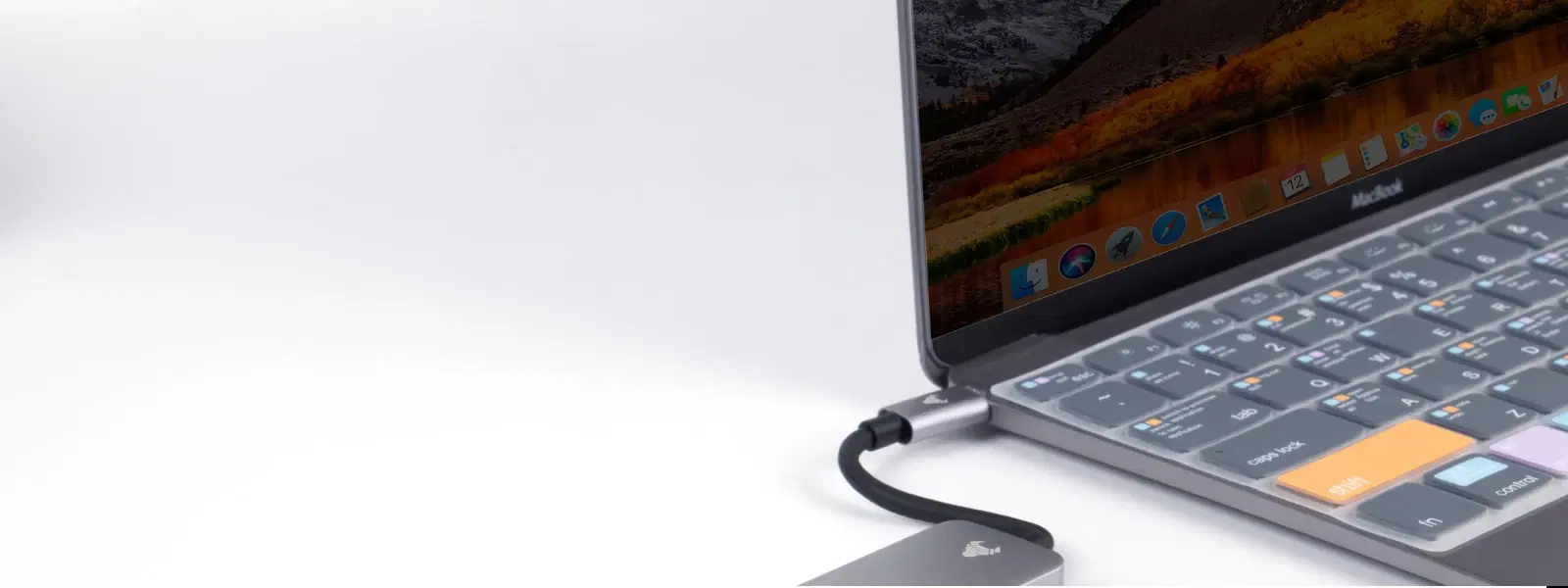
Consumer Electronics
•03 min read
Are you ready to upgrade your system or reinstall Windows 10 with the latest UEFI technology? Setting up a bootable USB drive for UEFI mode might seem complex, but with the right guidance, it becomes a simple and rewarding process. In this tutorial, you will discover an easy-to-follow, step-by-step process to create a UEFI bootable USB that ensures your Windows 10 installation is smooth and efficient.
UEFI, or Unified Extensible Firmware Interface, is a modern alternative to the legacy BIOS. It offers faster boot times, improved support for large drives, and enhanced security features. Unlike older systems, UEFI is designed for improved functionality and robust security measures, making it the ideal choice for modern computer setups.
Choosing UEFI for your Windows 10 setup means you are opting for compatibility with the latest technologies. UEFI mode supports features that increase system performance and security. This is especially beneficial as you progress through your digital journey with platforms like Tata Neu, where a seamless and trusted experience is always at the forefront.
Before beginning, ensure you have an 8GB or larger USB drive, the Windows 10 ISO file, and a reliable tool such as Rufus or the Windows Media Creation Tool. These elements are essential for creating a bootable USB that aligns perfectly with UEFI requirements.
Proper formatting is key to UEFI compatibility. For this reason, your USB drive should be formatted to FAT32. This formatting not only supports UEFI but also avoids boot errors while setting up Windows 10. Using Windows Disk Management, you can quickly format your USB drive by selecting the correct file system, ensuring it is ready for use.
Rufus is a trusted tool for creating bootable USB drives for Windows installation. First, download and install Rufus. Then, open the application and select your Windows 10 ISO file along with the USB drive. Choose the GPT partition scheme and confirm that your target system is UEFI. Once you start the process, Rufus will format your drive and copy the necessary files. Finally, verify the process has completed, and your drive is ready to boot in UEFI mode.
If you prefer an alternative method, the Windows Media Creation Tool provides a user-friendly interface to create your bootable USB. Download the tool directly from Microsoft’s website, follow the on-screen instructions, and ensure you select options that confirm UEFI mode compatibility. This approach is ideal for users who want a guided process without dealing with additional settings manually.
For tech-savvy users who enjoy a hands-on approach, using Diskpart via Command Prompt is an excellent method. Open Command Prompt as an Administrator and execute Diskpart commands to clean and format your USB drive. Follow the sequence to create partitions and assign the drive a FAT32 format. Once complete, manually copy the Windows 10 installation files to the USB drive. This advanced method offers a deep-dive into system operations for those who prefer full control.
Expert Tip: Ensure Proper USB Formatting
Did you know? For UEFI mode, your USB drive must be formatted to FAT32 instead of NTFS. This ensures compatibility with most UEFI systems and prevents boot errors during setup.
If your USB drive doesn’t boot in UEFI mode, double-check that it is formatted to FAT32 and that all necessary files have been copied correctly. It is worth reviewing each step to ensure that no detail has been overlooked.
After preparing your USB drive, verify its UEFI compatibility by accessing your system’s BIOS/UEFI settings. Look for the boot sequence and ensure that your USB drive is recognised as a UEFI boot device. This step confirms that your setup is correct and ready to install Windows 10 without any hiccups.
Access your system BIOS/UEFI settings during startup, which is usually done by pressing F2, F12, or DEL. Navigate to the boot options menu and prioritise the USB drive as the first boot device.
Yes, Rufus is one of the most reliable tools for creating UEFI bootable USB drives. It allows you to select the partition scheme and target system type for optimal UEFI compatibility.
Use the Diskpart command in Command Prompt to clean, format, and set up the USB drive, then manually copy the Windows 10 installation files onto it.
Ensure your USB drive is configured for UEFI mode. Restart your system, enter the BIOS/UEFI settings and select the USB drive as the boot device to begin installation.
Creating a UEFI bootable USB for Windows 10 setup doesn’t have to be daunting. With tools like Rufus, the Windows Media Creation Tool, or even manual methods using Diskpart, you now have the insights necessary to format, create, and troubleshoot your bootable USB effectively. Embrace the power of modern technology with confidence and witness the smooth performance that UEFI mode brings to your system. Enjoy extra savings and feel rewarded with each smart transaction on Tata Neu, where an exceptional and trusted shopping experience awaits.